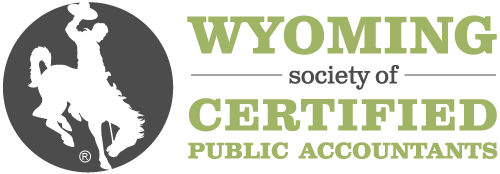Description
Session 1 of Borenstein's Form 990 Foundational Series: 
 
Mastery of the Form 990 requires ability to identify the filer's "related organizations" (indeed, doing so is THE FIRST preparation step called for in the 990 instructions!) This "990-term-of-art" employs four commonly-found categories: the first three utilize a 990-specific definition of "control" as the basis for determining related organizations due to "parent," "subsidiary," or "sibling" status; and a fourth applies when a supporting organization is in the mix (VEBA's face a unique rule which is easy to master and also noted). This session fully illuminates, with real-world explanations, the full panoply of nuances that preparers confront in working with those four categories. Participants will find multiple take-away tools and tips to master the underlying definitional precepts of direct and indirect "control" the 990 imposes. Thereafter, the materials and author/instructor turn to an overview of the preparation points for Parts II-V of the Schedule R. 
 
This event may be a rebroadcast of a live event and the instructor will be available to answer your questions during the event.
Highlights
The major topics that will be covered in this class include:
- The reach of "parent-subsidiary" and "sibling" status when the party who is the subject of "control" is a nonprofit/nonstock entity [note this applies both to ascertaining whether the filer is "controlled by" a related organization OR itself "controls" another nonstock entity]
- Understanding what is considered "control" when a potential related organization is: a stock corporation; a partnership or an LLC taxed as a partnership; or a trust
- The challenges of both finding "directly-controlled" related organizations versus imputing related organization status through "indirect control"
- The two automatic status categories of related organizations: supporting organization connections (one entity being a 501(c)(3) with 509(a)(3) sub-classification from connection to another entity) and VEBA-unique categories
- Overview information sought on Schedule R's Parts II-IV once the presence of one or more related organizations is ascertained
- Schedule R Part V disclosure demands when a related organization is a "controlled entity" under, and thus subject to, Code section 512(b)(13)'s UBIT-reach
- Overview of the Schedule R Part V disclosure requirements for 501(c)(3) filers who have a related organization itself recognized as tax-exempt under 501(c)(x) other than 501(c)(3)
Objectives
After attending this presentation you will be able to...
- Identify the principles by which control vests in determining parent (of subsidiary), subsidiary (of parent), or sibling status between the filer and another not-for-profit
- Identify how control vests over an entity that is a stock corporation
- Appreciate the principles that yield "commonly controlled" related organizations (i.e., siblings)
- Understand what baseline information is required when reporting existence of related organizations in Schedule R's Parts: II (tax-exempt entities); Part IV (corporations or trusts); and Part III (partnerships)
- Recognize the info disclosure sought in Schedule R's Part V with respect to TYPES of transactions with related organizations and when specific dollar disclosure is required
Designed For
Public accounting tax and audit staff, and nonprofit organization's Treasurers, CFOs and other finance/compliance advisors
Registration for this course has passed.
Course Pricing
WYOCPA Member Fee
$79.00
Non-Member Fee
$103.00
Your Price
$103.00
Upcoming Courses
-
Surgent's Assessing the Risk of Fraud in a Financial Statement Audit
May 13, 2025
-
2025 Annual Update for Governments & Not-for-Profits
May 13, 2025
-
Surgent's Mastering the Basics of Inventory Accounting
May 13, 2025
View all upcoming courses
